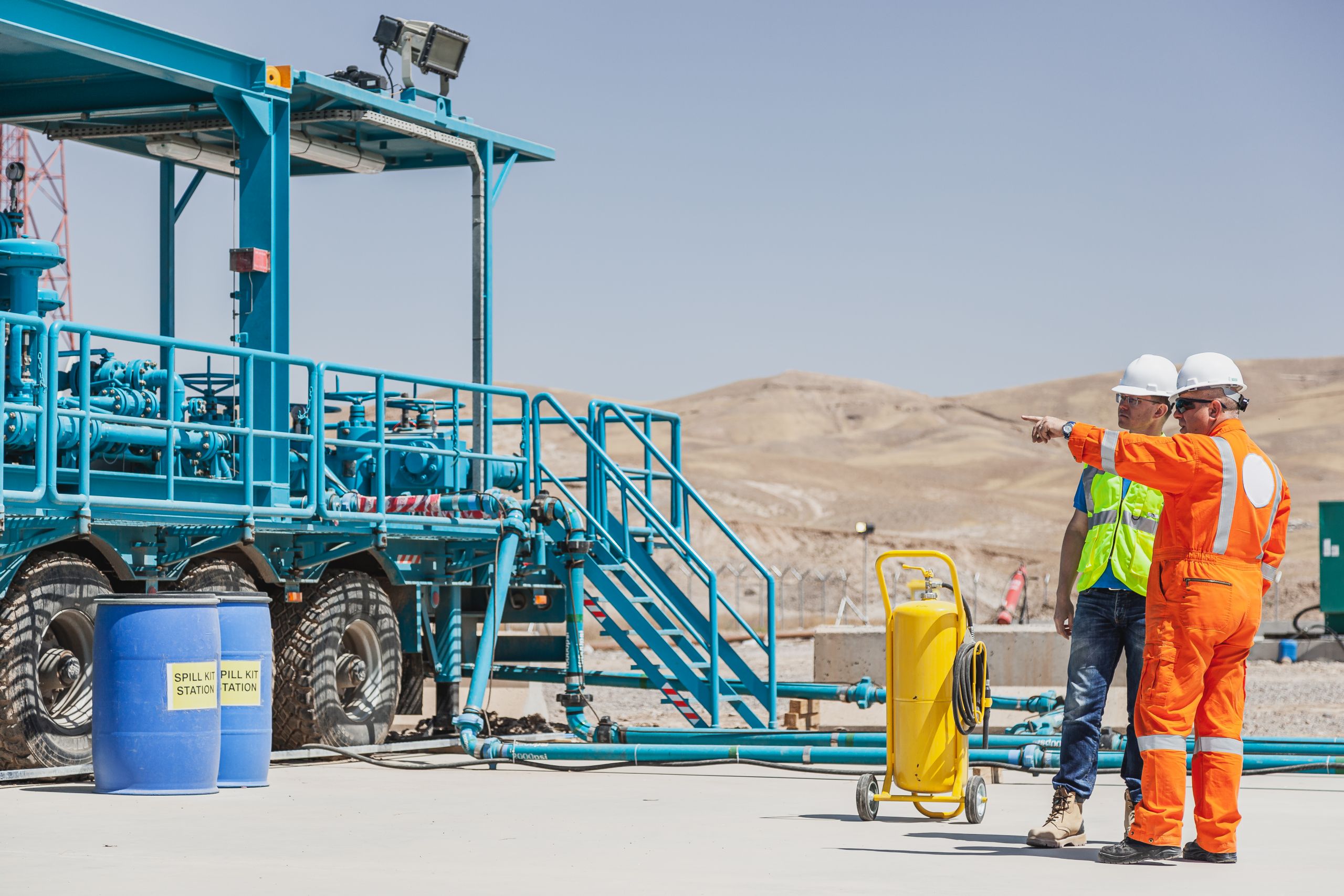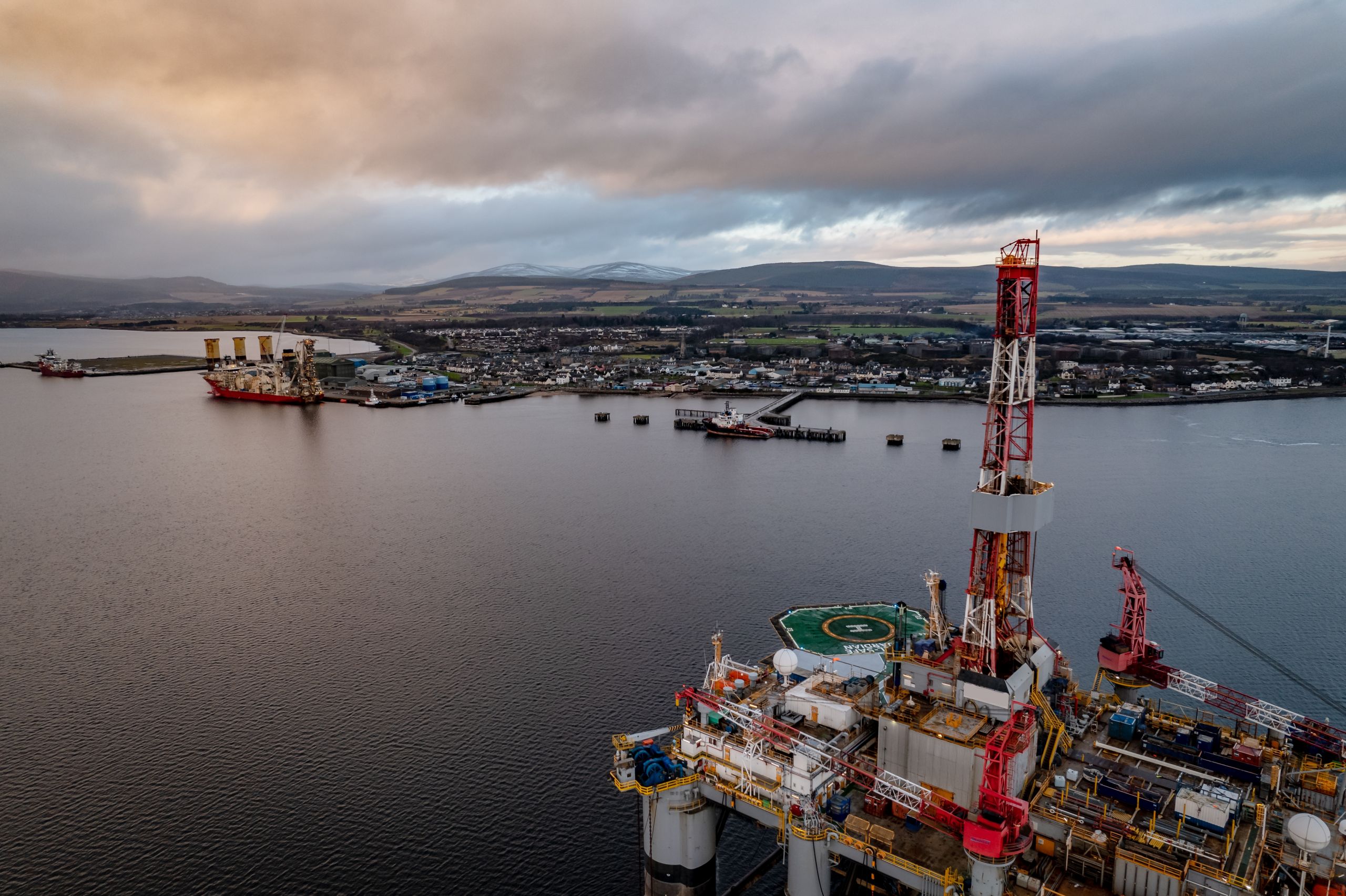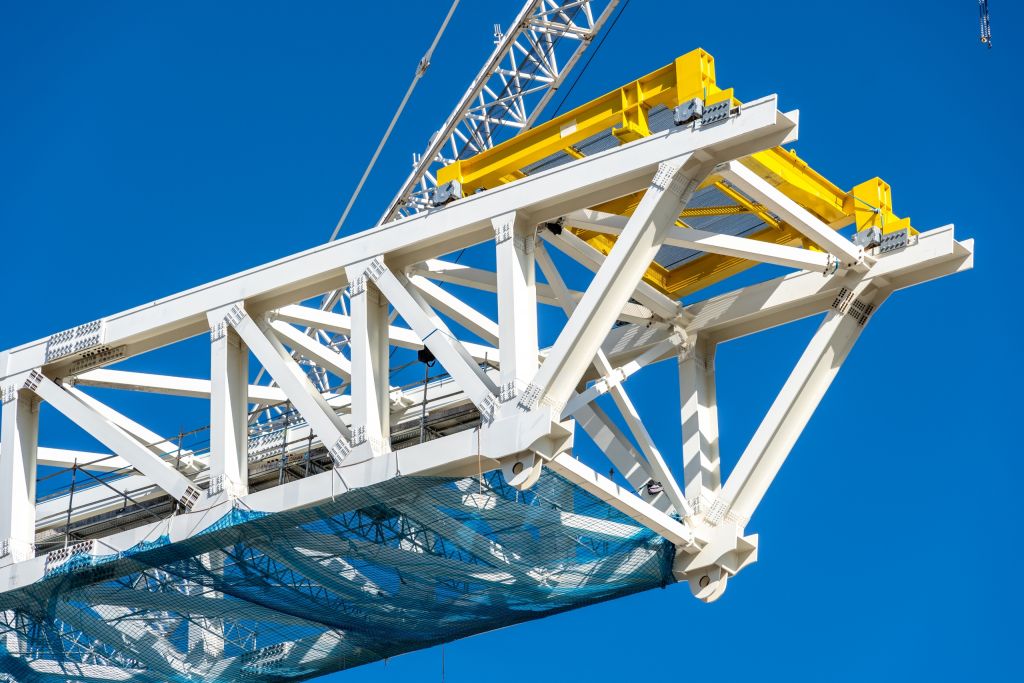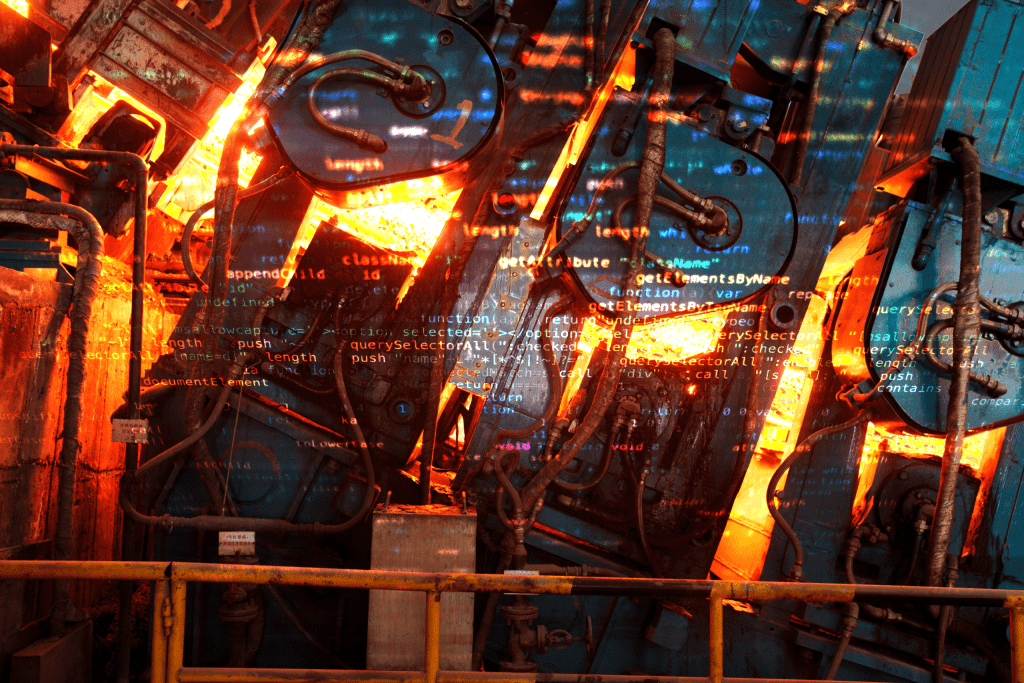Intro
Structural integrity is one of the key challenges managed in the midst of industrial operations. From oil drilling to mining, the integrity of structures is a determining factor in the proper functioning of this type of operation.
In short, structural integrity is the ability of an asset, equipment, or structure to operate without suffering deformation. For this to be possible, the structure needs to withstand its own weight, as well as external influences such as windstorms, storms, and hail.
Normally, this kind of asset is built with materials resistant to its load, and in its own construction are taken into account safety coefficients that have the objective of guaranteeing that the asset will support extra loads foreseen in the calculation.
What is structural management?
The construction phase of the plant is where the safety issues start to surface through the decision-making about which materials will be used, and under which procedures they will be built.
However, it is in the operation phase where precautions about structural integrity must be taken recurrently. The operation phase is precisely the time when the assets will be performing their designated function in the operation and subjected to pre-calculated loads.
In an industrial context, the operation is of major importance for the entire process and demands uninterrupted work. For this to happen, the maintenance and inspection sectors are responsible for the integrity management of the entire plant.

Being able to contain more than 500,000 operating assets, this task is of extreme importance, and also extreme responsibility. These teams are responsible for ensuring that the structural integrity of the assets does not pose risks to people and to the plant structure itself. However, structural integrity is only one of the tasks of these teams, which, based on the available resources, must manage many other variables, such as calculating operational risks and investigating failure mechanisms in detail.
How structural integrity is assessed
As mentioned earlier, it is the maintenance teams that are responsible for maintaining the proper functioning of an entire industrial operation. Besides working with existing resources, both in terms of budget and manpower, these teams are subjected to risks every time they go out in the field.
Another limiting factor to effective structural integrity management concerns how inspections are carried out in these plants. Despite the digitalization movement present in the industrial sector, it is not uncommon to find teams performing integrity assessments by means of paper during field inspection days.
In an environment where the number of assets to be inspected is very high, the use of such manual and decentralized methods opens space for inefficiencies and mismatches of highly relevant information.
In view of these management challenges, integrity teams are often faced with diffuse and conflicting data, which makes the activities highly costly, time-consuming, and not always accurate.
Access and understand what is Asset Integrity Management
Some of the most common procedures in structural integrity assessment are:
- Visual inspections in the field, looking for damage such as cracks and deformity in structures
- Evaluation by means of NDT’s (non-destructive testing)
- Evaluation of anomalies, such as vibrations and excessive wear and tear through sensors
- Conformity of construction evaluation based on all safety parameters
- Monitoring of the life cycle of the assets under observation
Opportunity for more efficient evaluation of structural integrity management
The digital transformation movement has been permeating operational routines in process industries on many different fronts, however, there is still a long way to go for the integrity industry to access the disruptions that have been generated by technology.

However, technologies such as Digital Twin, IoT, and Machine Vision, when combined have the potential to bring structural integrity management to a highly digitized execution model that is fast, assertive, and much more efficient compared to how it is done today.
How to get more efficiency in structural integrity management
Greater assertiveness can be achieved through a Digital Twin platform specifically targeted at the operation and maintenance phase of process industries. This way, everything starts with the configuration of a 3D model, where diffuse and conflicting data are contextualized in the Digital Twin.
From the organization and qualification according to the project objectives along with the procedures adopted by the customer.
The digitalization of this type of application can also include information such as failure probability, structural evaluation priorities, as well as data related to risk matrices, which consist of criticality indexes among the operating structures.
From this approach large teams are no longer required in the field, because once the Digital Twin platform is deployed, structural assessment can be performed remotely.
That is, from the capture of images in the field using drones and 360º cameras, the obtained images are then processed by a machine vision algorithm, the IA Image analytics. This type of algorithm becomes capable of automatically detecting areas affected by corrosion and that may present risks to structural integrity.
Successfully, the qualified inspector, who previously needed to move entire teams into the field, now proceeds to a virtual structural integrity assessment model that can be performed remotely just by browsing the digital twin, analyzing AI-processed field photographs, and filling out inspection checklists that will later be used to generate integrity plans.
Conclusion
Although structural integrity management is an aspect of great importance to the operational process of an industrial plant, and involves numerous challenges in its execution, it is from the employment of technologies that aim to integrate all parts of the process, that greater efficiency can be obtained.
Manual methods that have as a basis the displacement of teams to the field, armed only with papers, are bottlenecks that put at risk the operational process itself as well as the safety of these people.
But fortunately, the application of structural integrity management systems for this type of process has made the workdays more efficient and accurate, based on the same available resources. Above all, the management method from Twin Digital not only generates material gains for companies but also proposes the safety of all those involved in the process.
Want to better understand how this type of application has been received by the industry? Click here



